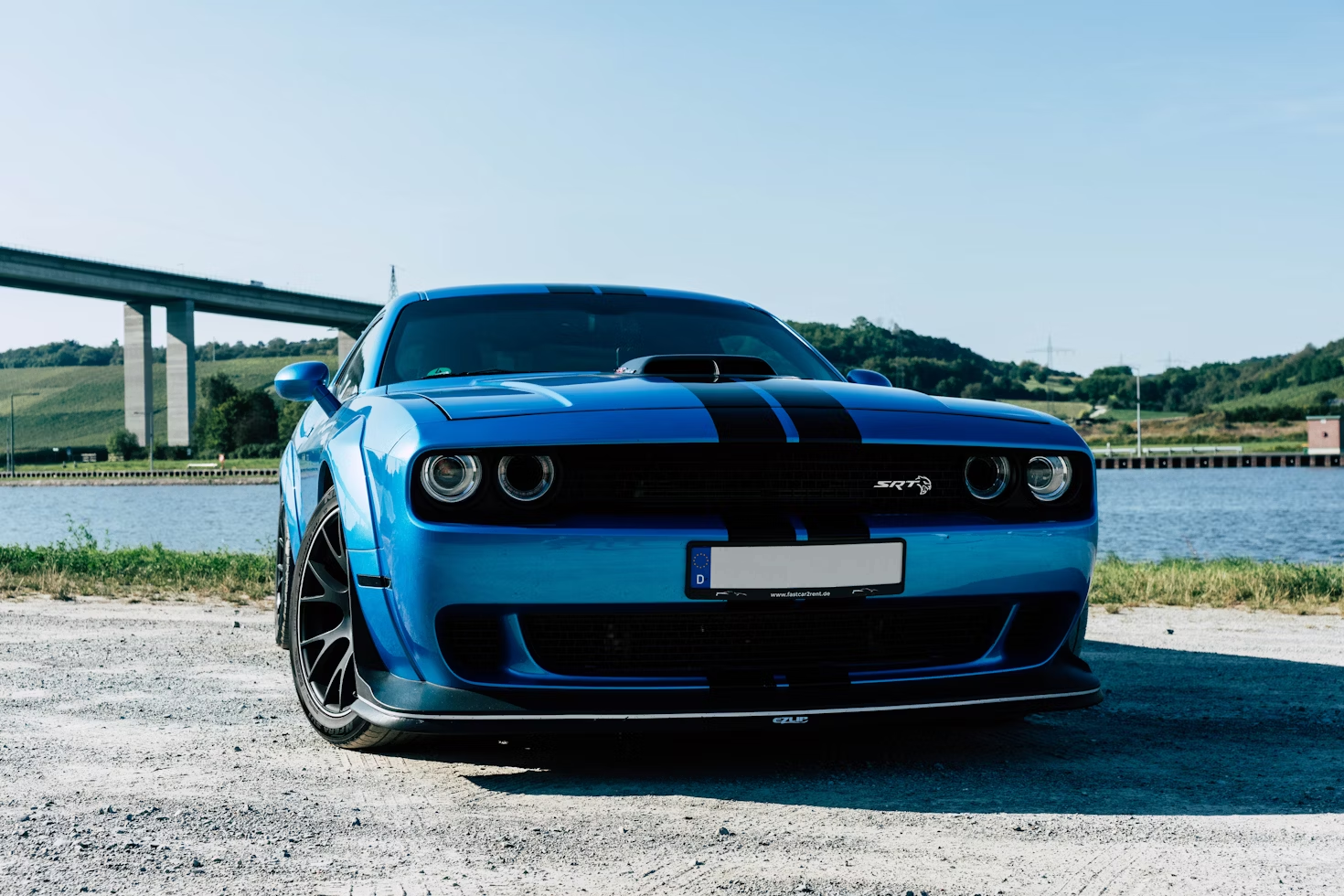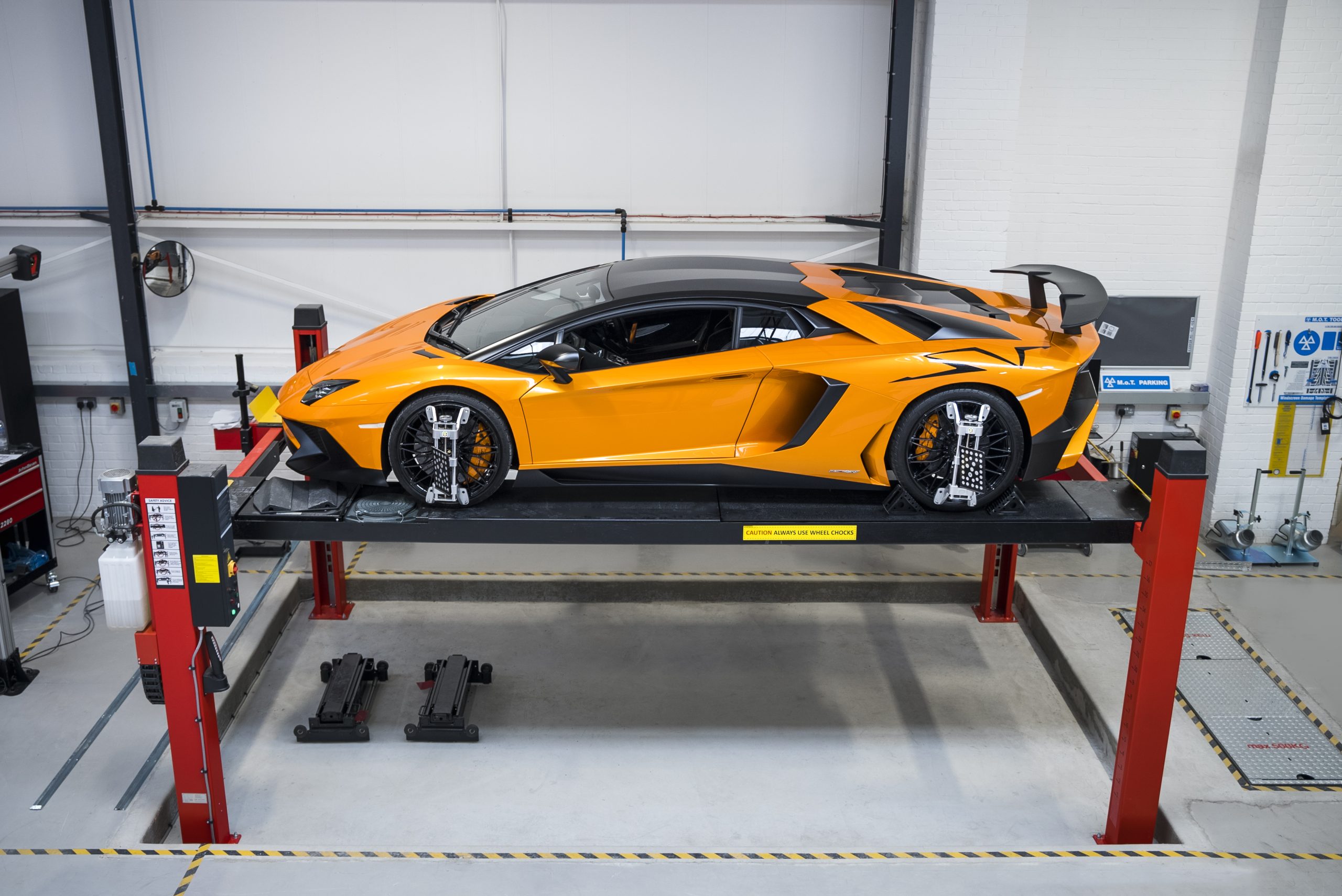
Lamborghini Huracan LP610-4 UK first drive review
There’s a lot that’s promising about the Lamborghini Huracán, as you know from our first drive of the supercar on continental roads.
It retains a 5.2-litre V10, like the Gallardo before it and, crucially, natural aspiration. The engine’s top end, particularly, has been heavily revised, putting the power output up to 601bhp, achieved at 8250rpm.
Maximum torque, 413lb ft of it, isn’t made until 6500rpm, which means the Huracán will want revving, likely to be facilitated by the fact that it comes with a dual-clutch transmission instead of a clunky monoclutch robotised manual. There’s no conventional manual this time because, of the 14,000 Gallardos that were sold, only around 300 were ever ordered with a clutch pedal. Pity. I drove one. It was good.
Anyway, it’s the same twin-clutch unit that the Audi R8 uses, which is appropriate because from next year the R8 will share the Lamborghini’s part-aluminium, part-carbonfibre architecture. Like the Audi, the Lamborghini comes with adaptive magnetorheological dampers, albeit they’re optional here. Also on the options list is variable ratio electrically assisted steering, which is quicker at lower speeds than higher. Our test car came with both options.
What is it like?
Standard, seemingly, is a cabin decorated with Lamborghini’s (relatively recently adopted) flamboyance; as is a generally splendid cabin finish, albeit with a few iffy plastics.
There’s a near-square steering wheel, overburdened with buttons, although this does, I suppose, free space behind it for large, fixed paddles. The paddles, powder-coated aluminium or some such, are good, while the indicator and wiper buttons are more intuitive than those on a Ferrari.
Lamborghini’s ‘anima’ switch, the equivalent of Ferrari’s steering wheel ‘manettino’ (which adjusts throttle response, steering weight and dampers from road through sport to race modes), is too easy to knock into a different setting while you’re turning the wheel.
It might not be, however, if the wheel were just round so you knew where the rim would be. Ditto, of course, if the button were simply elsewhere. Then, too, it might not seem as though Ferrari has been benchmarked in a slightly un-Lamborghini way.
Also Ferrari-esque is the electrically assisted steering’s lightness at low speeds, and its two-turns-between-locks quickness. I’m not sure if that’s a result of benchmarking (if so, a McLaren 650S would have been a better reference), but it makes the four-wheel-drive Lamborghini agile at first, if a touch disconnected. It’s joined by a ride that is firm but not brittle – at least in the damper’s soft mode.
Up the speed, and the steering assumes a little more weight, a little less keenness, but decent accuracy and good eye for the straight-ahead.
There’s a fair degree of road noise, and a lot of mechanical engine clatter – although neither is unwelcome in a hard-edged supercar – but thanks to a powerful stereo and an 80-litre fuel tank, the Huracán makes a surprisingly accomplished daily driver. Not as much as a McLaren 650S, but still, Lamborghini admits it’s attempting to broaden the Huracán’s remit over the Gallardo. It has.
The question is, of course, whether pandering to a large market gets in the way of the purity for the enthusiast. The most recent Gallardos I drove have all been Superleggeras, and next to those, the Huracán feels less purposeful. That’s not because it lacks drama. Far from it.
Put your toe in, and induction and exhaust noises overwhelm chain and cam ones, and the engine fairly comes alive. The gearshift is superb, too, and there’s pop and crackle on the overrun. This is a world-class powertrain.
The shell feels stiff, too, and in any chassis setting the Huracán corners with extraordinary flatness and huge ability. It doesn’t pummel the road like a Nissan GT-R, but I’d be surprised if it covered ground any less quickly.
Grip levels and traction are of the highest order. Approach their limit and, while not feeding a great deal back through the rim, the Huracán will nudge towards a touch of understeer on a very well-sighted low-speed bend.
On the road, that’s your lot, which is just as well, because you wouldn’t want any more drama than that, given the speed you’d have to be going.
On track, then? I’m still not sure. A few runs didn’t reveal a great deal of adjustability, even in the wet. But maybe that’s no surprise. There’s 42 per cent weight over the front, limited body movement under braking, so very little weight balance transfer, while the front tyres are 245 section to the rears’ 305, and the front track is marginally wider than the rear.
Given, even in normal conditions, some 30 per cent of power heads to the front, you have to apply a lot of poke, very quickly, to overwhelm the rear’s traction.
If you can, the Huracán adopts a neutral stance on corner exit. If you can’t, it only troubles the front end. And in neither case is the steering particularly satisfying.
I’m told Lamborghini’s own test drivers prefer the passive steering rack, which is geared somewhere between the two extremes of this, so perhaps it’s a box best left unticked.
And, perhaps, on a wider, drier circuit, at higher speeds, there’d be scope to transfer the body weight forwards, settle the Huracán’s front and exploit the power – a throttle-adjustable exuberance which, ironically, the current Audi R8 is more than happy to indulge.
Should I buy one?
The Huracán is consistently easy to rub along with, yet exciting and engaging on many levels: particularly thanks to its engine and gearbox (and, to my eyes, its compact, clean and poised aesthetic). Take it as read that it’s hugely enjoyable and always dramatic.
But the thing is that when the competition is as complete as the McLaren 650S and a Ferrari 458 Italia, it feels like you can afford to be picky.
“The Huracán is consistently effortless to drive, stable and free of unpleasant surprises,” says Lamborghini. No question. But not all surprises have to be unpleasant, and the differences between a good driver’s car and a great one are small. To me, this hasn’t quite made the leap.
Lamborghini Huracán LP610-4
Price £180,720; 0-62mph 3.2sec; Top speed 202mph; Economy 22.6mpg (combined); CO2 290g/km; Dry weight 1422kg; Engine type V10, 5204cc, petrol; Power 601bhp at 8250rpm; Torque 413lb ft at 6500rpm; Gearbox seven-speed dual-clutch automatic
Source: www.autocar.co.uk
RECENT POSTS
SERVICES
Contact Us
"*" indicates required fields








